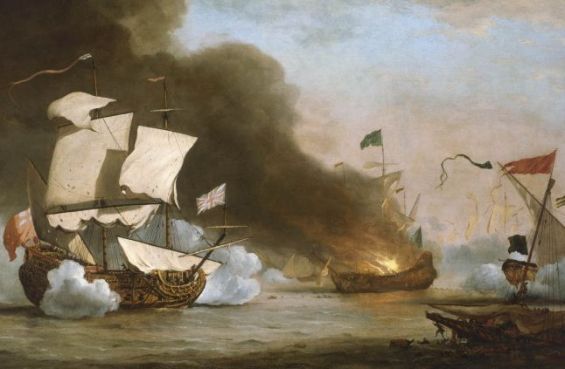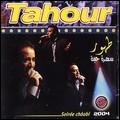The coastlines of south west England were an easy prey for Moroccan corsairs. During the 17th century, and while the short-lived city state the Republic of Salé gained power and fame, Moroccan pirates headed north, raiding the largest island in England’s Bristol Channel.
Salé’s corsairs attacked the island of Lundy in 1627. The raid was commanded by Dutch renegade Jan Janszoon known by also as Murad Reis. He was the republic’s first president and chief admiral.
«By 1625 the Turkish (Muslim) pirate ship was a common object of the seashore in the West», recalled Cyril Field in his book «The British Navy Book» (Blackie And Son Limited, 1915). Describing Lundy’s attack, he wrote that Moroccan corsairs «captured the island» and «threatened to burn Ilfracombe (a small British harbor) unless a large sum of money was paid as indemnity».
A base for raiding expeditions
Lundy was turned into a base that Salé corsairs used to raid surrounding areas. Once in the island, corsairs «continued to mount raids on the costal towns and villages in Cornwall, Devon and Dorset», Historic UK reported.
Indeed, Janszoon led corsairs to Cornwall, where they landed on a Sunday, said Field. After they arrived in the English county, Moroccan pirates surrounded a church while «divine service was proceeding and carried off sixty men from congregation into slavery».
As many accounts suggest, slavery was the main reason that pushed the Dutch admiral to sail north. Controlling Lundy for five years, Janszoon launched a «long voyage to the North Atlantic, capturing slaves from Iceland and Danish ships».
 Jan Janszoon, the President of the Republic of Salé. / Ph. DR
Jan Janszoon, the President of the Republic of Salé. / Ph. DR
Although his ambitions were big and he managed to sail near Iceland, Janszoon and his Moroccan corsairs couldn’t make it to the country. «When he [Janszoon] tried to attack the Danish, he was repulsed by cannon fire», recalled a history blog.
Through his famous and infamous raids, the Republic of Salé’s President and his ships managed to capture huge numbers of slaves and sell them to the Arab slave markets in North Africa.
According to Field, «it had been officially reported that there were nearly 1400 Englishmen captive in Salé alone». In addition to the city state, the captives were also sent to Algiers, where they were sold.
After five years of flying the Muslim flag in Lundy, the island was seized back by a British former pirate called John Penington. The latter was commissioned by the English government to «end the pirate menace once and for all», Devon Perspectives recalled, adding that even though Penington was «given absolute powers, two pirates were reported at Lundy the following year, and Algerian rovers were using the island as a base in 1635».





 chargement...
chargement...













